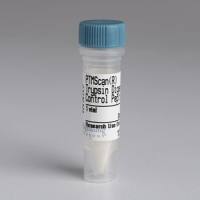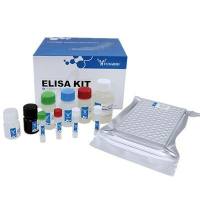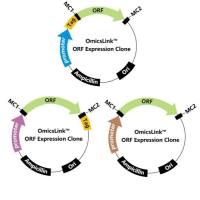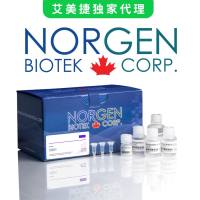Approaches to Developing Quantitative Risk Assessment Models
互联网
互联网
相关产品推荐

Late-Onset Alzheimer's Disease Risk Gene Antibody Sampler Kit
¥500

人高危型乳头状瘤病毒衣壳蛋白L1(HR-HPVL1)抗体(IgG)ELISA试剂盒【Human high risk papillomavirus L1-capsids (HR-HPVL1) antibody (IgG) ELISA Kit】
¥2500

SIPA1L2 Homo sapiens cDNA FLJ12790 fis, clone NT2RP2001985, weakly similar to Homo sapiens high-risk human papilloma viruses E6 oncoproteins targeted protein E6TP1 alpha mRNA.
询价

SIPA1L1 Homo sapiens high-risk human papilloma viruses E6 oncoproteins targeted protein E6TP1 alpha mRNA.
询价

HPV 6/16(HPV(HR)-f,HPV(HR)-r,HPV(高风险和低风险)-f,HPV(高风险和低风险)-r)TaqMan探针PCR试剂盒-24次反应|HPV 6/16 (HPV (HR)-F, HPV (HR)-R, HPV (High AND Low Risk)-F, HPV (High AND Low Risk)-R ) TaqMan PCR Kit-24 Reactions
¥11
相关问答

